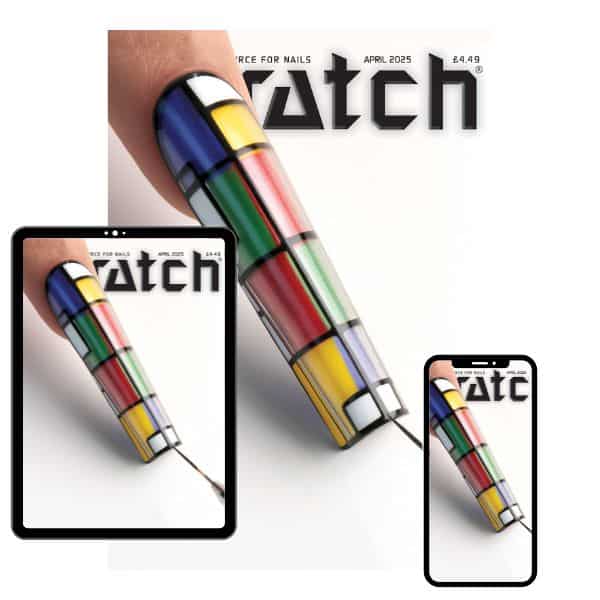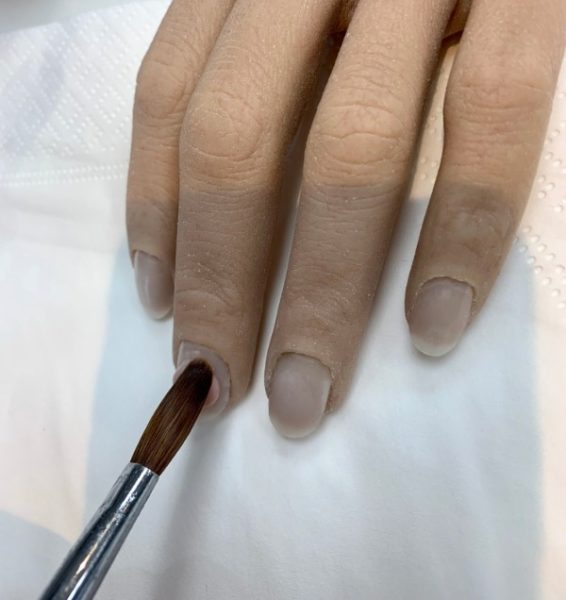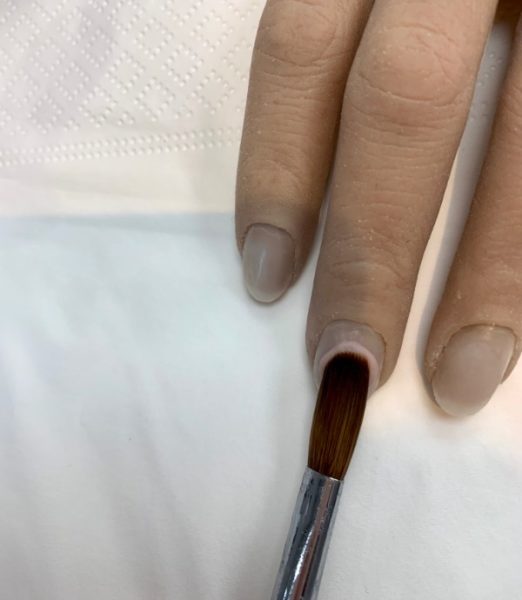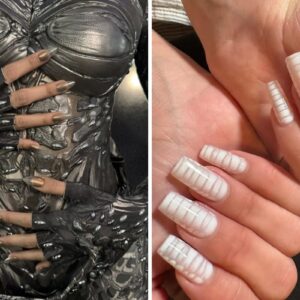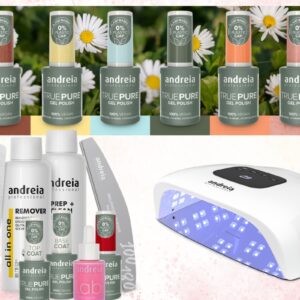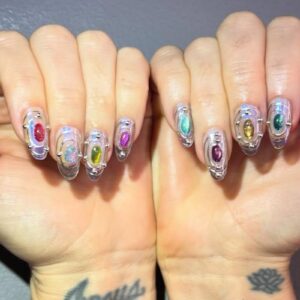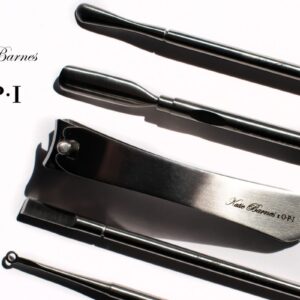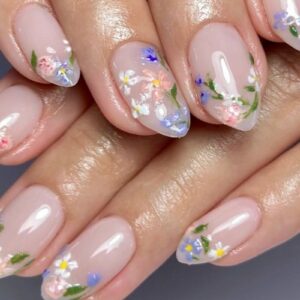
How to hold your nail brush correctly for optimum results
By Katie Barnes | 05 March 2019 | Expert Advice, Feature
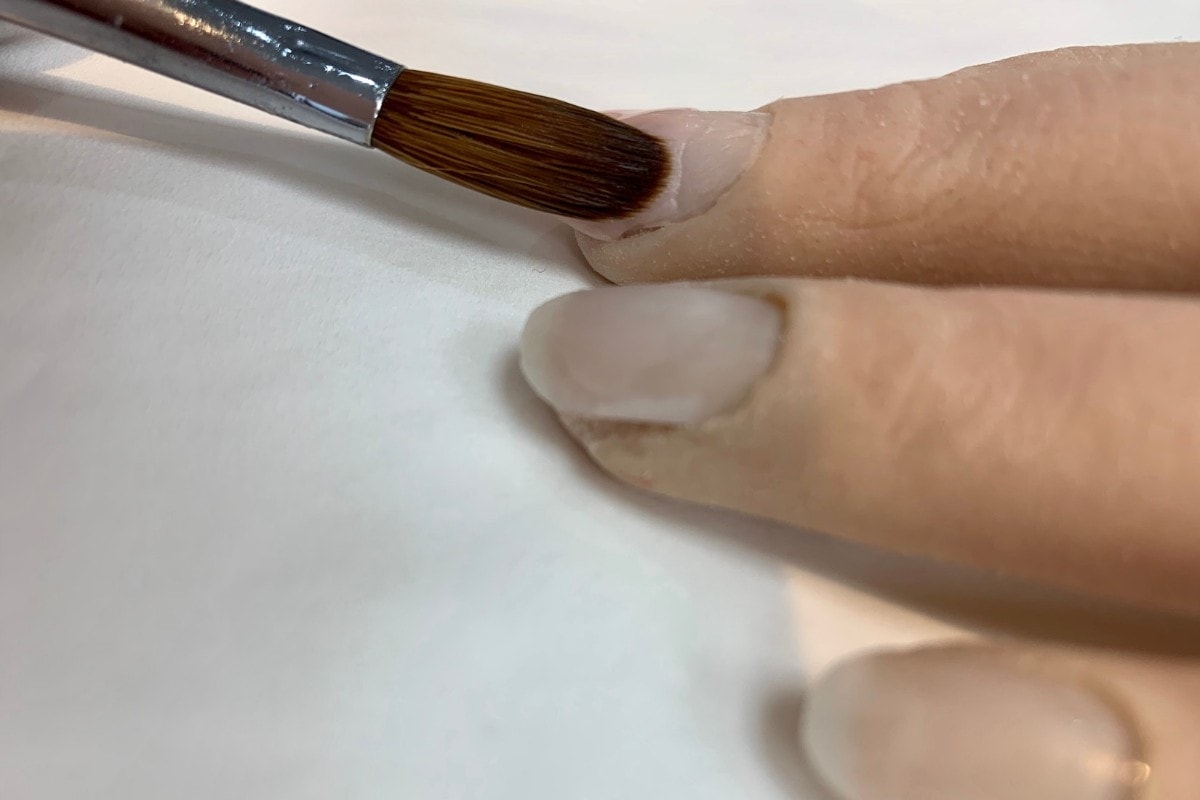
Educator and award-winning nail technician, Katie Barnes, reveals why it’s important to hold your nail brush correctly – and offers up some handy tips…
Your nail brush is one of your primary tools. No matter what brush you are using, if you are not holding it right, you won’t achieve the desired result. You need to learn how to make the brush work for you.
Even though it is called a ‘brush’, brushing is a technique you do not use when working with liquid & powder. Brushing will have little effect with a technique that requires you to sculpt and mould into shape. It is important to firstly understand the different parts of the brush:
TIP – The flat tip of the brush is used to pick up the acrylic bead. The tip is used at the cuticle zone and blending the acrylic beads.
BODY – The body/belly of the brush is the reservoir for the liquid required to create the consistency necessary for different sizes of acrylic beads. The body is used in sculpting to move the acrylic beads into correct position.
FERRULE – The ferrule holds the handle and the bristles. A good ferrule is manufactured from nickel. Nickel withstands the penetration of the acrylic liquid and is less likely to allow the glue that secures the bristles to break down and allow excess shedding.
HANDLE – The handle should be of a lightweight natural wood. A wooden handle delivers the best in a light balance. The brush should feel natural and not like it is in your hand.
Rewind and address the way in which you hold your brush as you are working. If you are using the right angle and pressure but not holding the brush correctly, these techniques will be redundant. Do you hold your brush like you hold a pen, or do you hold it further up the handle?
It is important to hold your brush as if it was a pen with the thumb, index and middle finger.
A great exercise to see if you are holding your brush correctly is to pretend it is a pen and write your name with it. You can now see how it ‘writes’ and how the pressure is and whether it feels normal. Are you finding you lack control? Then, the chances are you holding the brush too far back. The same rules apply for your liquid & powder brush. You have little control over the brush and therefore the beads.
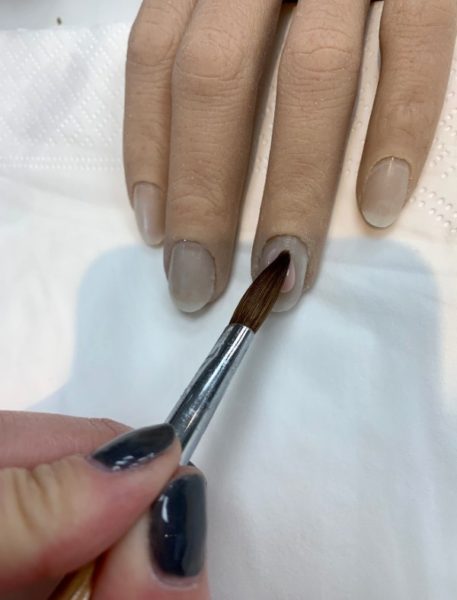
When you hold the brush at the ferrule like a pen, you will have control over the product.
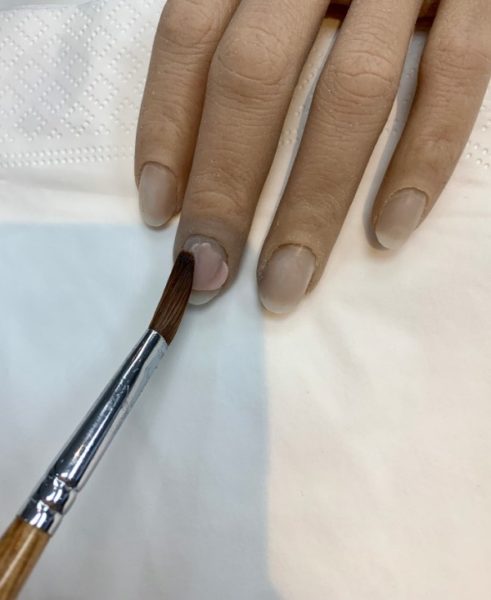
When you hold the brush too high up the handle, you won’t be able to achieve the correct pressure and your brush will bend over the product and lack control.
Less pressure on the beads is required when you are holding the brush correctly, if you have a loose grip, more pressure will be required, overworking the product with little effect and not resulting in a smooth finish and eventually damaging your brush.
Different parts of a brush produce different results. There is a flat side, a round side, a point and a belly, all which have different purposes and results. Different pressures will also give different results. You will use a variety of techniques when working with your brush, such as:
- Pressing or patting
- Walking
- Tucking
- Smoothing or stroking
- Pushing or pulling
- Stretching
Balance is another key to working effectively with your brush. You cannot work easily with your brush, if you are balanced on the heel of your hand; it is too restricting, but you also will not have full control with your hand and arm in mid air. Find the perfect medium and ensure you are balanced as you are working, usually with your pinkie on the client’s finger.
As you work, you will change each individual movement slightly. You will turn or alter the angle of the brush as you move around the nail and work with different beads.
Your brush should not stay static in one position or the same angle throughout the whole application.
However, it is important that the handle should always be pointing towards the tech and you move the product towards you and away from the client. Working in the same direction is key to consistency. When you master how to control your brush, you will get the finish right with product control, leading to only needing to use filing as a refining technique.
Love Katie B x
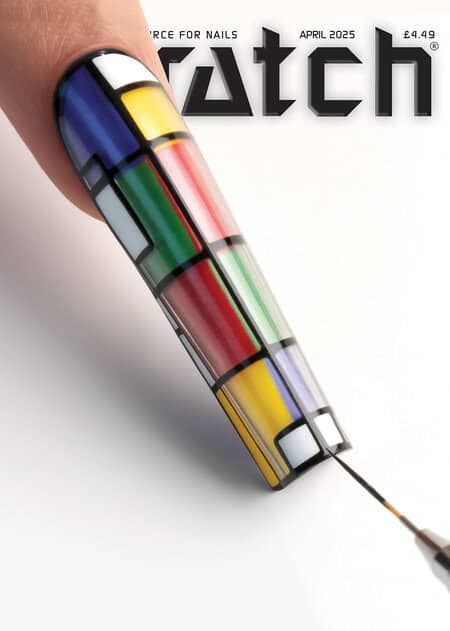
Read the latest issue
